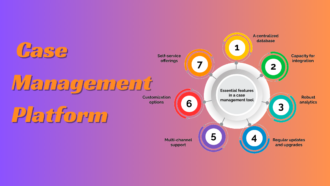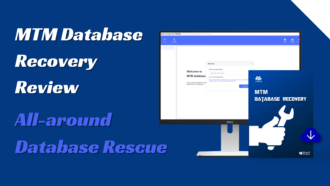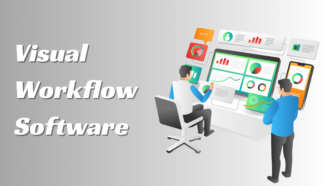Software QA Made Easy: A Quality Assurance Checklist
- 1 Before QA:
- 1.1 Requirements Gathering
- 1.2 Planning
- 1.3 Design
- 1.4 Development
- 1.5 Testing
- 1.6 Deployment
- 1.7 Maintenance
- 2 QA Checklist:
Quality assurance (QA) is a critical process for enterprise businesses offering software products. It ensures the software produced meets the required standards, is free from bugs, and is user-friendly.
The software quality assurance process involves testing the software at different stages of the development cycle, identifying and fixing bugs, and ensuring that the software meets the specified requirements.
A comprehensive QA checklist can help ensure that the software meets the desired quality standards.
Before QA:
Requirements Gathering
The first step in software development is to gather requirements from stakeholders, including customers, product owners, and end-users. The requirements should be clear, concise, and comprehensive to ensure that the software meets all the needs of the stakeholders. This inform
Planning
The next step is to plan the development process, including the scope, timeline, resources, and budget. The planning process should also include the QA process, including testing methodologies, test environments, and testing tools.
Design
The design phase involves creating the software architecture, database design, and user interface design. The design should be clear, concise, and meet the requirements of the stakeholders.
Development
The development phase involves coding the software using the chosen programming language and framework. During this phase, developers should follow coding standards, use version control systems, and test the code as they develop it.
Testing
The testing phase is a critical part of the QA process. It involves testing the software at different stages of development, including unit testing, integration testing, system testing, and acceptance testing. Test automation should be employed wherever possible to ensure consistent and repeatable results.
Deployment
The deployment phase involves releasing the software to the production environment. Before deployment, the software should be thoroughly tested, and any bugs or issues should be fixed.
Maintenance
The maintenance phase involves ongoing support and maintenance of the software. This includes bug fixes, updates, and enhancements to ensure that the software remains up-to-date and meets the changing needs of the stakeholders.
QA Checklist:
Functional Testing
- Verify that all features and functionality work as expected.
- Test all user interface elements for usability, including buttons, links, menus, and forms.
- Test all user inputs and outputs for accuracy and completeness.
Performance Testing
- Test the software under expected and peak load conditions.
- Measure response time, throughput, and resource utilization.
- Identify and fix any performance bottlenecks.
Security Testing
- Test the software for security vulnerabilities, including SQL injection, cross-site scripting, and other common attack vectors.
- Ensure that all data is encrypted and secure during transmission and storage.
- Perform penetration testing to identify any weaknesses in the security of the software.
Compatibility Testing
- Test the software on different platforms, operating systems, and devices.
- Test the software with different web browsers, screen sizes, and resolutions.
- Ensure that the software works correctly in different network environments, including firewalls and proxies.
Usability Testing
- Test the software with end-users to ensure that it is easy to use and understand.
- Identify and fix any usability issues, including confusing navigation, unclear instructions, and inconsistent design.
Accessibility Testing
- Test the software for compliance with accessibility standards, including WCAG 2.1 and Section 508.
- Ensure that the software is accessible to users with disabilities, including visual, auditory, and motor impairments.
Regression Testing
- Test the software after each change or update to ensure that it still works correctly.
- Perform automated testing to ensure that all previously working features still function correctly.
- Identify and fix any regression issues before deployment.
Software quality assurance is a critical process that ensures that software meets the required quality standards. A comprehensive QA checklist can help ensure that the software is thoroughly tested, free of bugs, market-ready, and user-friendly.



















